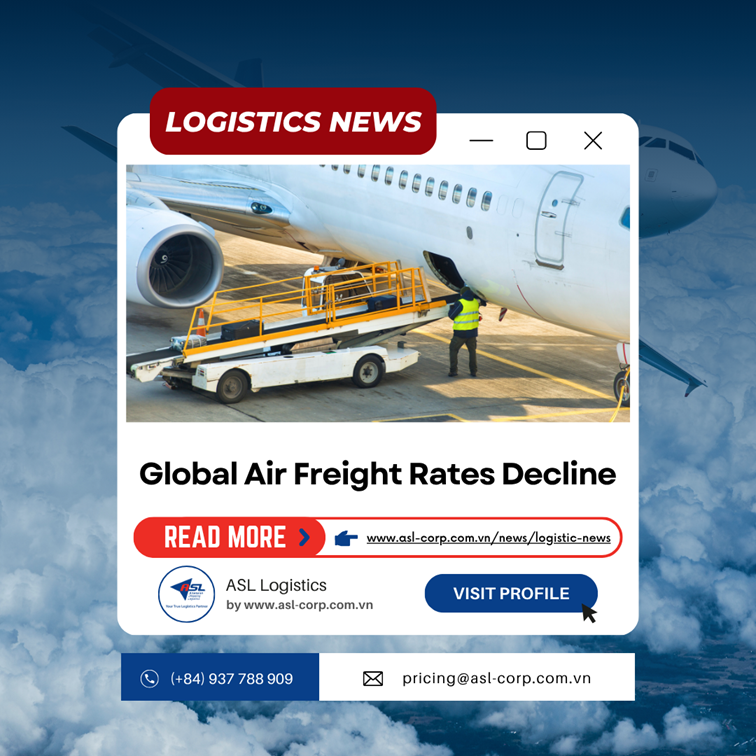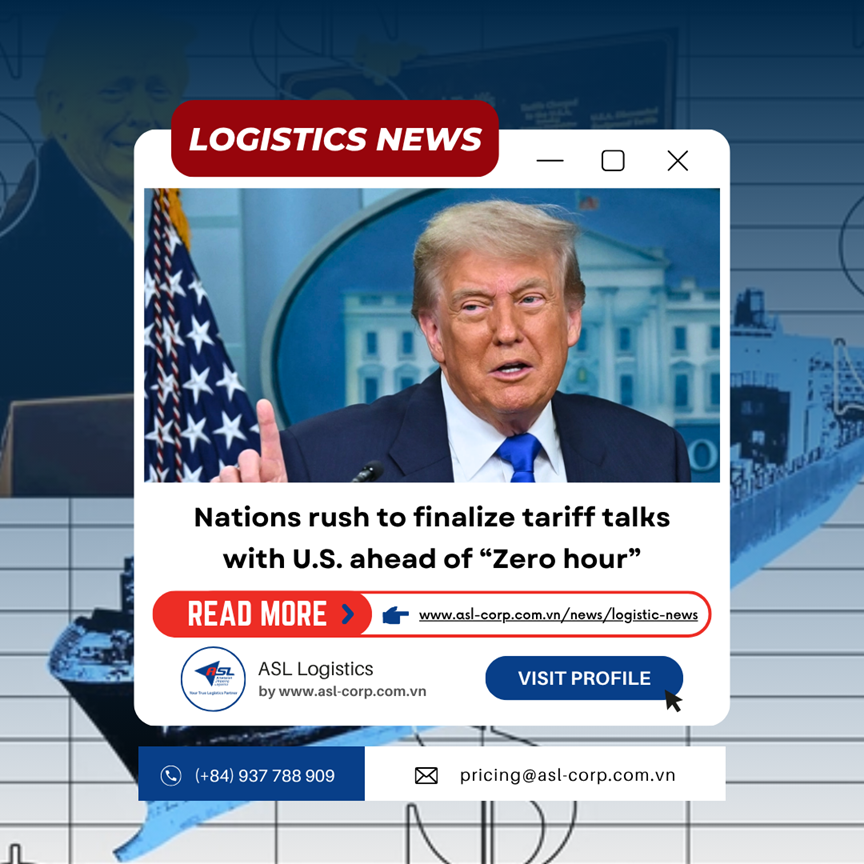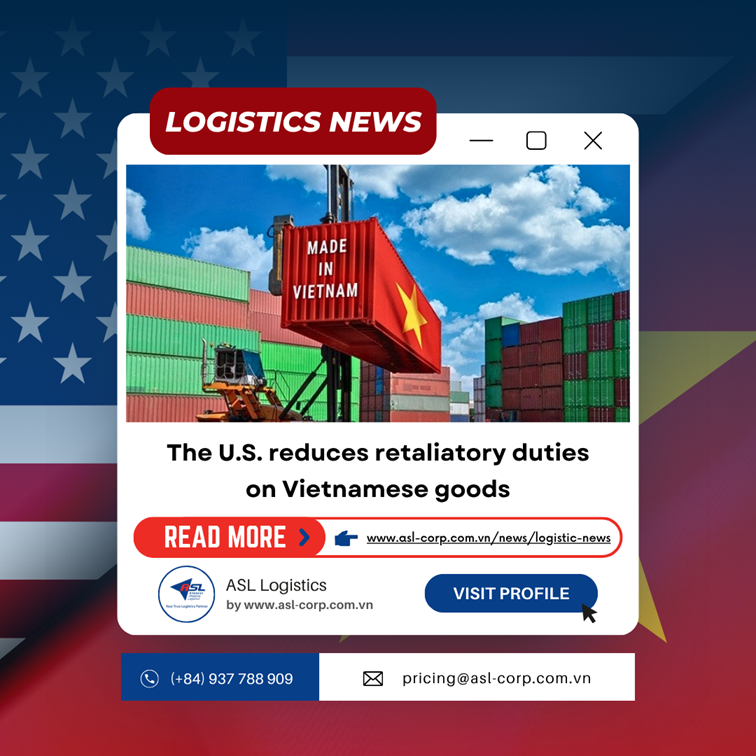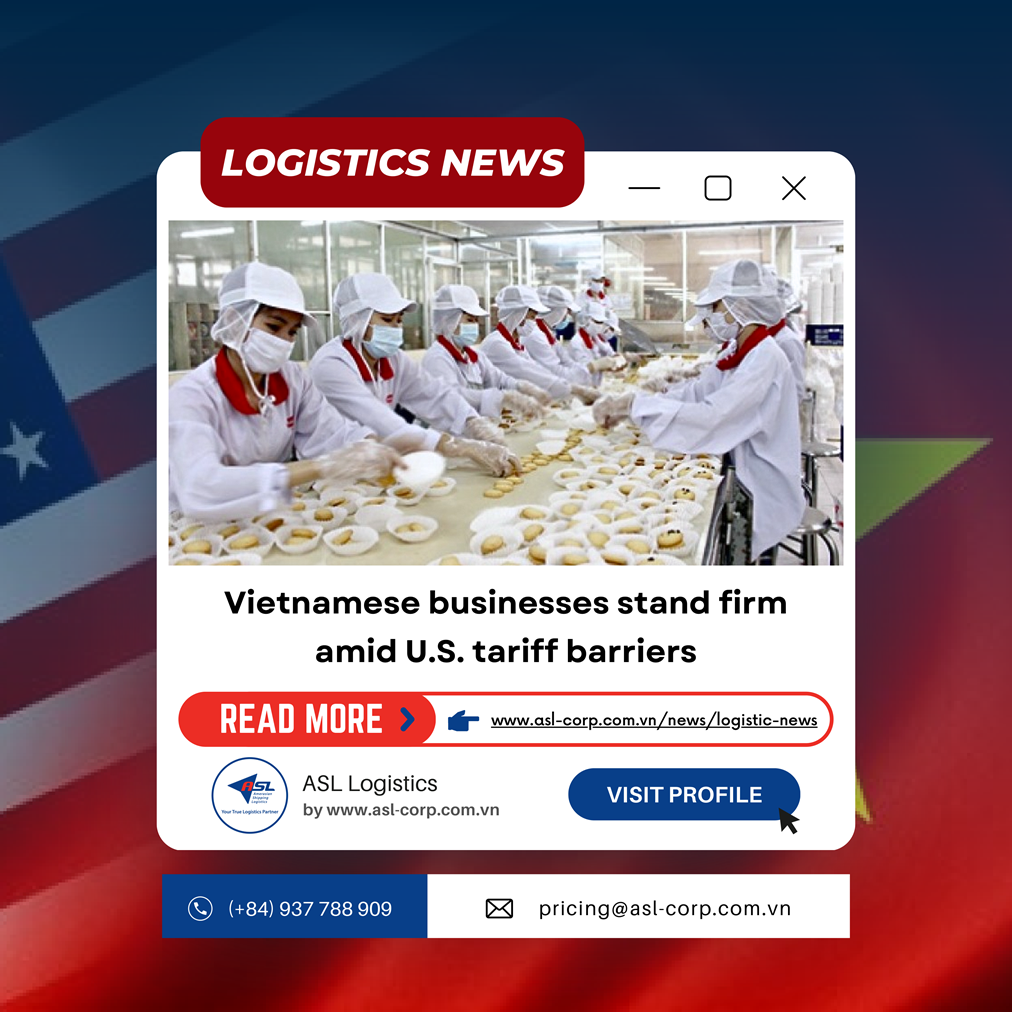Logistic News
VIETNAMESE SEAPORTS ARE READY TO WELCOME THE WORLD'S SUPER SHIPS
19 July 2024
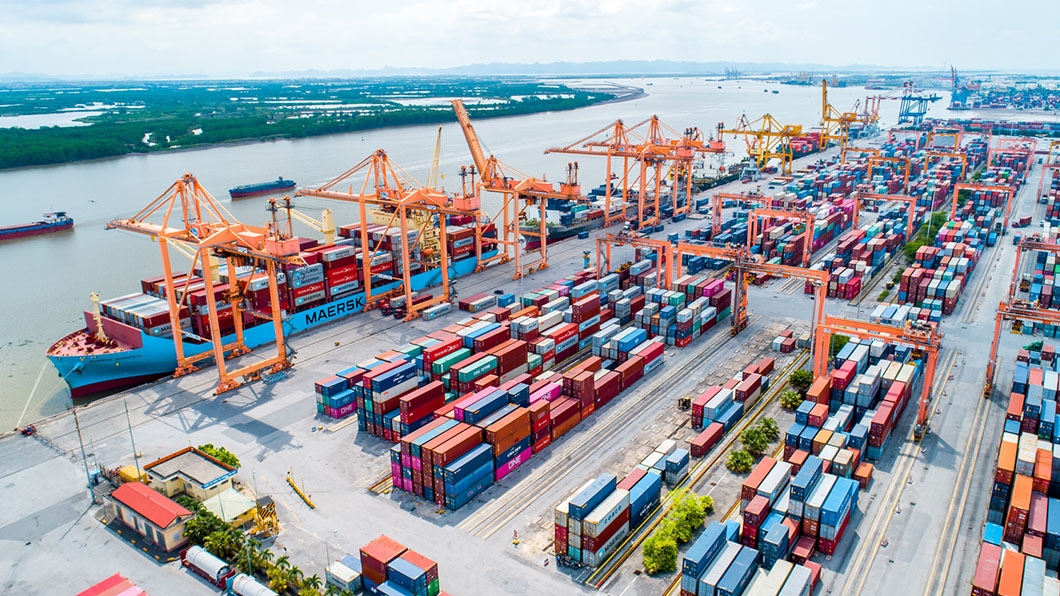
Container warehouse at Tan Vu port.
Vietnam's seaport system is ready to receive the world's largest tonnage ships, attracting 40 major shipping lines in the world to operate. The problem is that there needs to be infrastructure and safe and suitable plans to receive ships to limit the risk of ships running aground, drifting and colliding.
According to the Vietnam Maritime Administration, out of Vietnam's 34 seaport system, 30 have received large tonnage ships. Of these 30 ports, 13 have wharfs approved by the Ministry of Transport to allow large tonnage ships to enter and leave the port. In addition, 59 ports have been approved by the Ministry of Transport to inspect and upgrade the wharf structure to receive large tonnage ships.
Vietnam currently has 3 ports in the list of 50 container ports with the largest throughput in the world, including Ho Chi Minh City, Hai Phong and Cai Mep - Thi Vai. For Cai Mep-Thi Vai port, the Ministry of Transport has just agreed on the policy of allowing the reception of container ships with a capacity of up to 214,121 DWT with reduced load.
Director of the Vietnam Maritime Administration Le Do Muoi assessed that the reception of large-capacity ships to handle cargo at seaport areas has contributed to increasing the efficiency of operations for shipping lines. At the same time, it reduces transportation costs, increases competitiveness for Vietnamese seaports, and contributes to the socio-economic development of localities and regions.
Statistics over the past 5 years show that the number of ships with a tonnage larger than the design in areas with approved ports has grown significantly, from 4,538 in 2019 to 5,474 in 2023. At the same time, maritime security fees and tonnage fees at maritime ports that receive large tonnage ships have also increased from VND 2,779 billion in 2019 to VND 3,450 billion in 2023. Regarding the volume of goods passing through seaports, updated data for the first 6 months of 2024 is estimated at 427.645 million tons, an increase of 18% over the same period; of which, container cargo is estimated at 14.399 million TEU, an increase of 22% over the same period.
Facing with the trend of using large tonnage ships in the world's maritime industry, along with the demand for import and export of goods by sea in Vietnam, this requires early preparation of infrastructure and plans to receive ships to meet the demand for using large tonnage ships.
According to Vice President of the Vietnam Shipowners Association Pham Quoc Long, to receive large ships into the port, many conditions must be met such as tides, wave conditions, berth angle, tugboat capacity.
In the past, the world has had many rare incidents when ships docked. In order to limit risks, in addition to the port infrastructure and waterways that must be met, the most important thing is still the coordination of units from functional agencies, port enterprises, pilots, ship owners... to ensure the safety of ships entering. Compared to other modes of transport, waterway transport has low costs, is capable of transporting large volumes of goods, oversized, overweight, and traveling long distances.
Regarding the Vung Tau Maritime Port Authority, Director Le Van Thuc said that receiving large tonnage ships always carries the risk of the ship running aground, drifting, colliding, etc. Meanwhile, the research and development of a plan to ensure maritime safety and organize the entry and exit of large tonnage ships from the port currently does not have a clear legal basis. The representative of the Vung Tau Maritime Port Authority said that it is necessary to summarize and evaluate and on that basis organize the development of circulars and technical standards as a basis for organizing the reception of large tonnage ships.
According to the Director of the Vietnam Maritime Administration, currently in the specialized planning, large seaports have been planned to receive large ships. In the future, the maritime industry will consider the case of old ports wanting to receive large ships, assess the level of safety and have certain controls. The Vietnam Maritime Administration is also proposing to develop a Project to comprehensively study the exploitation of large-tonnage ships entering and leaving Vietnamese seaports, in order to conduct comprehensive and in-depth research and assessment of the inspection and assessment of seaport infrastructure in each area. On that basis, unify the process and implementation methods so that ports and wharves can take advantage of existing infrastructure to receive large-tonnage ships, ensuring safety and compliance with legal regulations.
“The strong development of maritime and waterway transport not only helps reduce logistics costs but is also very much in line with the green development orientation according to the Government's goals, affirming Vietnam's commitment at COP26,” affirmed Deputy Minister of Transport Nguyen Xuan Sang.
Recently, the Government has approved the adjustment of the Master Plan for the development of Vietnam's seaport system for the period 2021-2030, with a vision to 2050, the seaport system ensures the throughput of goods from 1,249 to 1,494 million tons; of which, container cargo from 46.3 to 54.3 million TEU, excluding international transit cargo; passengers from 17.4 to 18.8 million.
Regarding infrastructure, priority is given to the development of international gateway port areas Lach Huyen (Hai Phong), Cai Mep-Thi Vai (Ba Ria-Vung Tau), and the construction of Can Gio international transit port area (Ho Chi Minh City).
In the group of 15 type 1 seaports, Thanh Hoa, Da Nang, Khanh Hoa, and Ho Chi Minh City seaports have the potential to become special seaports.
Source: TTXVN

Head Office
ASL Hồ Chí Minh
Số 31/34A Ung Văn Khiêm, Phường Thạnh Mỹ Tây, TP. Hồ Chí Minh, Việt Nam
 Công Ty Cổ Phần Giao Nhận Vận Tải Mỹ Á
Công Ty Cổ Phần Giao Nhận Vận Tải Mỹ Á
 (+84)28 3512 9759
(+84)28 3512 9759
 (+84)28 3512 9758
(+84)28 3512 9758
 pricing@asl-corp.com.vn
pricing@asl-corp.com.vn
 mdirector@asl-corp.com.vn
mdirector@asl-corp.com.vn
 www.asl-corp.com.vn
www.asl-corp.com.vn
LOGISTICS SERVICES









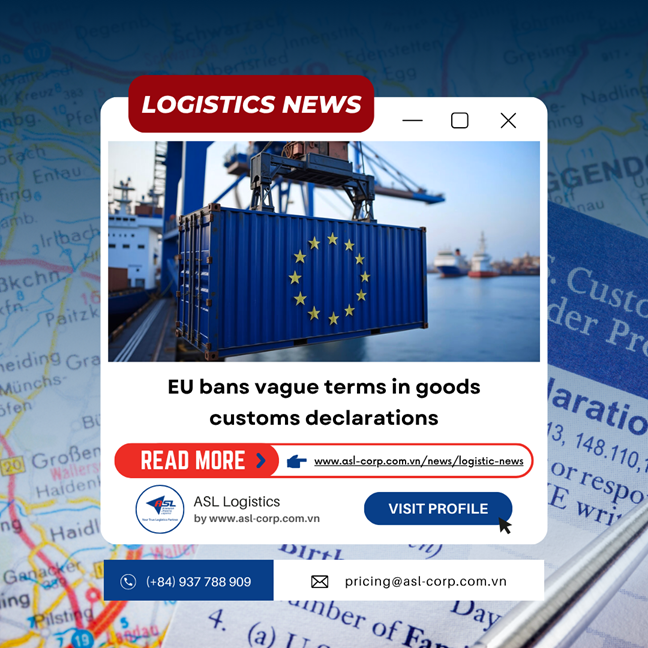
.png)
.png)

.png)

